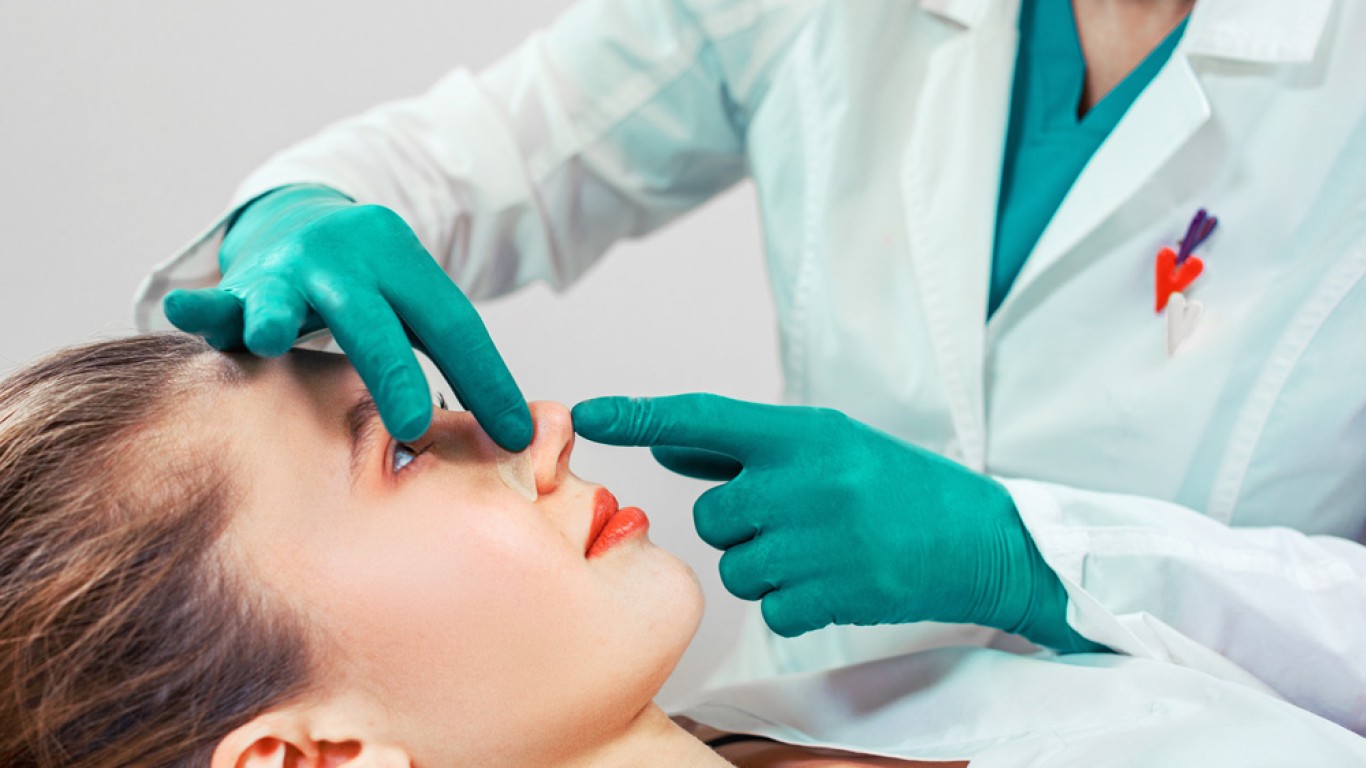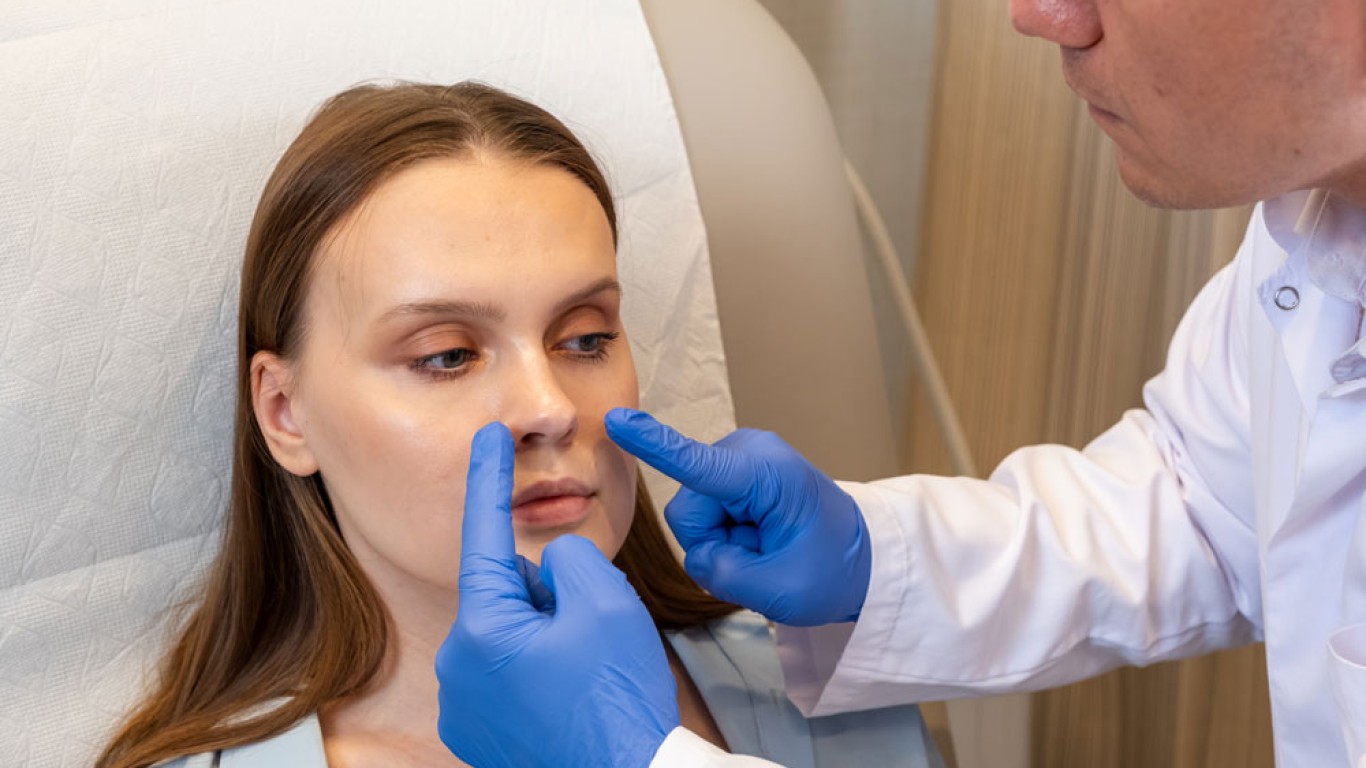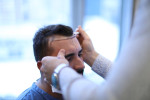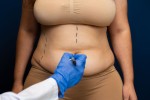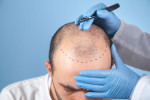Rhinoplasty, often called a nose job, is one of the most sought-after cosmetic procedures worldwide. While many people focus on the surgery itself, understanding rhinoplasty recovery time is equally important. The recovery process plays a vital role in achieving refined, natural-looking results.
In 2025, patients will benefit from improved surgical methods and aftercare strategies. These aid recovery, making it faster and more comfortable than ever before.
What Happens During Rhinoplasty
Rhinoplasty reshapes the nose to improve its structure, symmetry and balance with other facial features. The surgery may involve refining the nasal bridge, adjusting the tip or correcting breathing issues.
Techniques vary depending on whether the approach is open or closed. However, both require careful recovery. The process doesn’t end once the surgery is complete. Healing and gradual improvement are just beginning!
Understanding Rhinoplasty Recovery Time
The phrase rhinoplasty recovery time refers to the healing period following surgery. While each person heals differently, the overall timeline remains fairly consistent.
Most patients experience visible improvement within weeks, though final refinement takes several months. Advancements in surgical precision, aftercare and lifestyle guidance have made recovery smoother and more predictable. Patience and proper care are crucial in achieving lasting, natural-looking results.
Rhinoplasty Recovery Time: The First 24 Hours After Surgery
The first day after rhinoplasty is focused on rest and stabilisation. Patients typically remain under observation until anaesthesia effects wear off. During this period, mild swelling, congestion or slight discomfort are common.
Cold compresses and elevation of the head help reduce swelling significantly. Clinics now provide personalised aftercare kits and digital check-ins to monitor early recovery progress.
Rhinoplasty Recovery Time: The First Week
The first seven days are often the most sensitive stage of rhinoplasty recovery time. A nasal splint is usually worn to protect the new structure and maintain alignment.
Swelling peaks within the first few days, then begins to subside. Most patients return to gentle daily activities after one week, once the splint is removed. Thanks to modern surgical techniques, bruising is now much less visible than in past years.
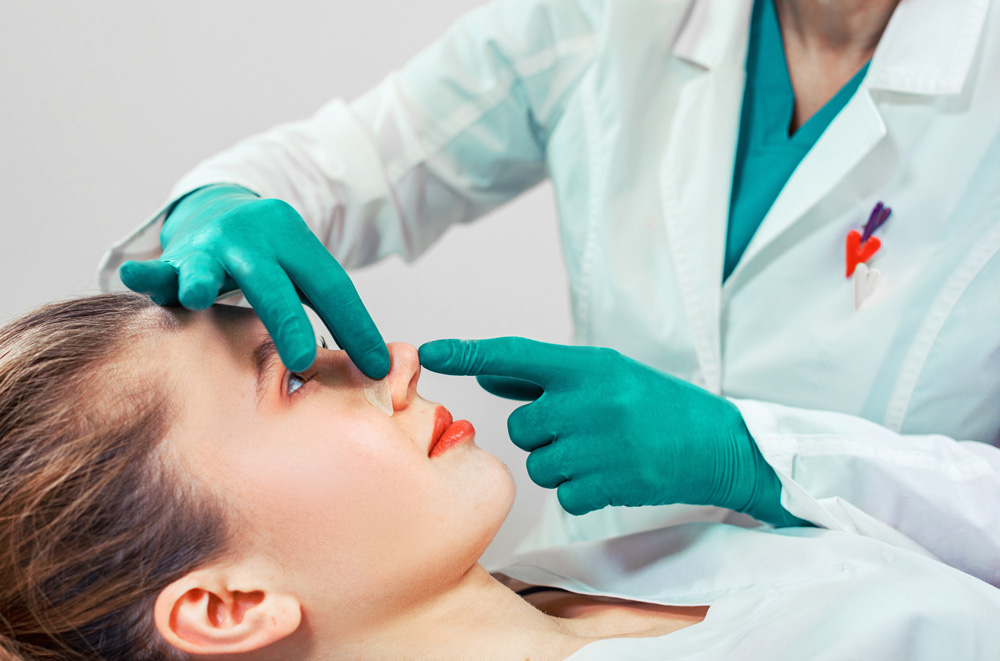
Rhinoplasty Recovery Time: Weeks Two to Four
By the second week, significant improvement can already be seen. Swelling continues to decrease, revealing the early outline of the new nose shape.
At this stage, patients can typically resume work, travel and light exercise. However, strenuous activity and contact sports should still be avoided. Clinics often schedule a follow-up appointment during this period to ensure smooth healing.
Rhinoplasty Recovery Time: One to Three Months
During this phase, deeper tissues continue to heal and refine. Swelling inside the nose reduces gradually, improving breathing and overall comfort. The nose begins to take on its final form, though small fluctuations in shape may still occur.
Most people feel fully recovered and confident by the end of the third month. Consistency with aftercare routines helps maintain long-term stability.
Rhinoplasty Recovery Time: Six Months to One Year
Complete healing of the nasal tissues takes time. By six months, the nose looks close to its final appearance, though subtle changes may continue.
The skin fully adapts to the new structure by twelve months. At this point, the rhinoplasty recovery time journey concludes, revealing long-lasting refinement. Surgeons typically schedule a final evaluation to confirm satisfaction and symmetry.
Factors That Influence Rhinoplasty Recovery Time
Every patient’s recovery journey is unique. Several factors affect rhinoplasty recovery time, including surgical technique, genetics, and lifestyle habits.
Minimally invasive approaches, such as closed rhinoplasty, usually require less downtime. Following post-surgery care instructions, maintaining hydration and avoiding smoking accelerate healing. A balanced diet rich in vitamins and protein also supports tissue repair.
Conclusion
Understanding rhinoplasty recovery time is crucial for achieving the best results. Each stage, from immediate healing to final refinement, contributes to the overall transformation. Thanks to technological innovation and advanced care, recovery in 2025 is faster, safer, and more comfortable than ever before. Turkey continues to lead in providing patients with seamless treatment and guidance throughout their journey.
For more information and to book a consultation visit the ACIBADEM Beauty Center Rhinoplasty webpage.
Frequently Asked Questions
Most patients see final results within 9–12 months.
Usually within one to two weeks, depending on swelling and activity level.
Most swelling subsides within three weeks, with full refinement taking months.
Yes, ultrasonic and closed methods reduce trauma and shorten recovery.
Turkey offers expert surgeons, advanced technology and comprehensive aftercare for international patients.

